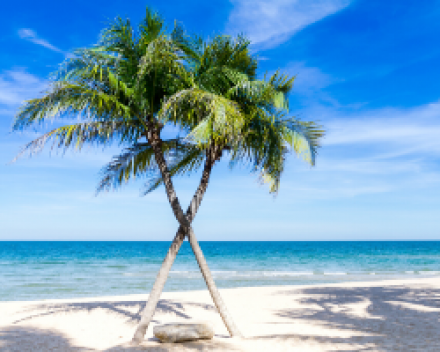Practicing sustainable tourism in Vietnam: Tips for responsible travelers - Handspan Travel Indochina
2Vietnam is an appealing country attracting more and more global tourists. With the rise of tourists, it is essential to practice responsible and sustainable tourism in Vietnam. The aim is to balance tourism development and natural conservation. Let’s explore how you can experience the beauty of Vietnam while minimizing your environmental footprint, supporting local communities, and preserving its cultural heritage with Handspan Travel Indochina!
Through this blog post, you will find out these pieces of information below.
Sustainable tourism and the importance of sustainable tourism
Sustainable tourism is the comprehensive development of tourism activities to meet the needs of visitors while caring for indigenous people, conserving resources, and having a reasonable resource management plan. The development of sustainable tourism also needs to maintain cultural values, biodiversity, and the development of ecosystems, while contributing to supporting human life.
This type of tourism requires a comprehensive combination of environment, economy, culture, and society. Specifically, it is carried out through the following characteristics.
Environmentally friendly
Sustainable tourism activities ensure minimal impact on the natural environment such as animals, landscape, and energy. These activities bring good values to the environment and protect the environment to the maximum extent.
Respect social and cultural authenticity
Sustainable tourism will not harm the cultural values of each region but contribute to promoting and respecting that identity instead. This form of tourism also encourages stakeholders to develop, educate, monitor, and ensure cultural values when building sustainable tourism.
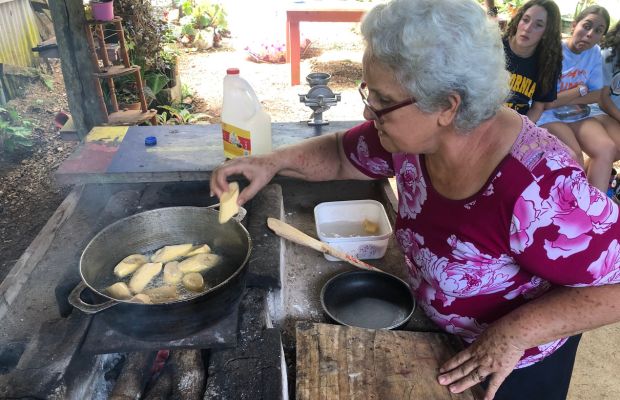
Sustainable tourism in Costa Rica
Economic development
Through sustainable tourism activities, local communities and stakeholders can have a stable and fair income. When tourists visit a region, use tourism services, and buy regional products, the locals can increase their income and benefit from those things.
Sustainable tourism has various types and each type has different characteristics and activities. Specifically, it includes ecotourism, community-based tourism, and volunteering tourism. Regarding ecotourism, it aims to protect the natural environment and minimize the negative impacts of tourists on the ecosystem. Whereas, community-based tourism is a form of tourism in which tourists can meet indigenous people of an ethnic group and experience local culture. Indigenous people will provide tourists with accommodation services, meals, and tourism products. Through those activities, the income for their living communities can be increased. Thereby, the local economy will be enhanced.
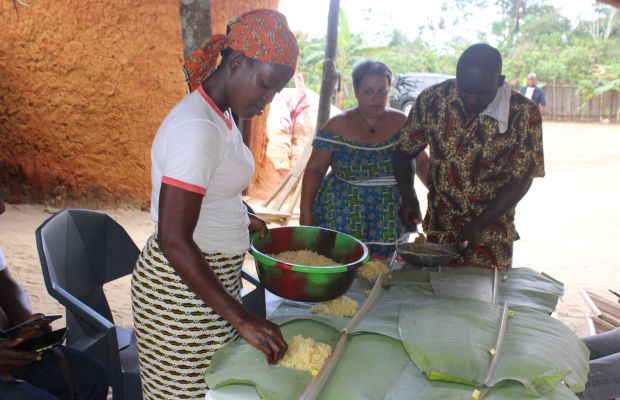
Sustainable Tourism Project in Assouba, Cote d'Ivoire
Another type of sustainable tourism is volunteering tourism. It combines sightseeing and relaxation with volunteer and charity activities. They are environmental protection, natural disaster prevention, building libraries, schools, etc. Participants in volunteer tourism will have an exciting experience as a volunteer and a tourist.
Potential for Developing Sustainable Tourism in Vietnam
Vietnam has many favorable conditions for developing the tourism industry, especially sustainable tourism. Firstly, the country has diverse natural conditions ranging from mountains to beaches, and islands, with many beautiful and unique locations. Vietnam has a long coastline of 3,260 kilometers with more than 120 stunning beaches. They are My Khe Beach in Da Nang, Nha Trang Beach, Mui Ne Beach, Phu Quoc Beach, Ky Co Beach in Quy Nhon, etc. Besides beaches, Vietnam also possesses magnificent mountainous regions, such as Sapa, Ha Giang, Mai Chau, Ba Be, etc.
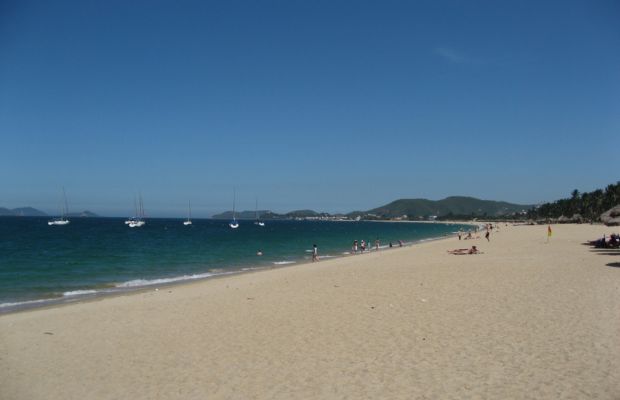
Nha Trang Beach
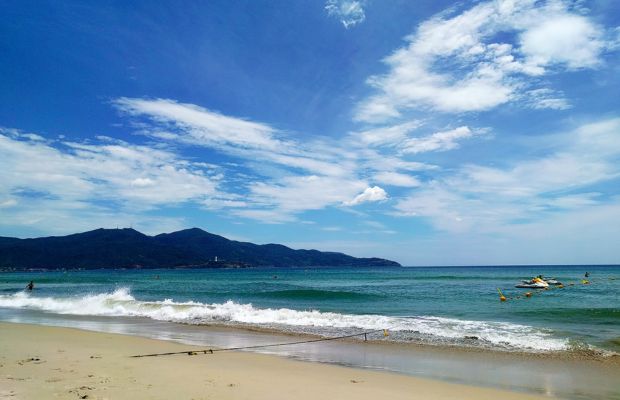
My Khe Beach
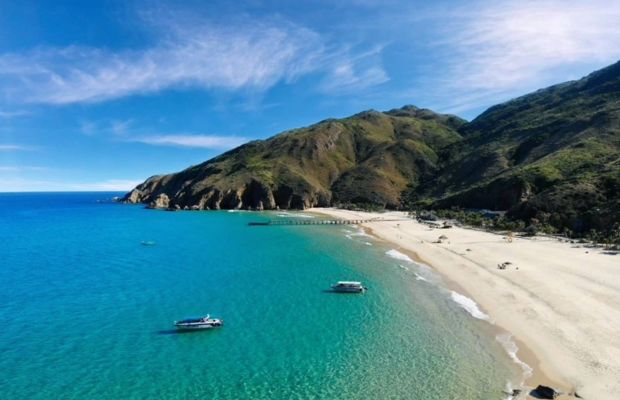
Ky Co Beach
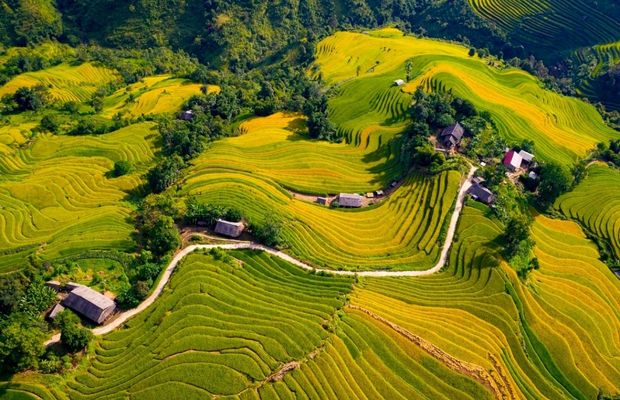
Sapa
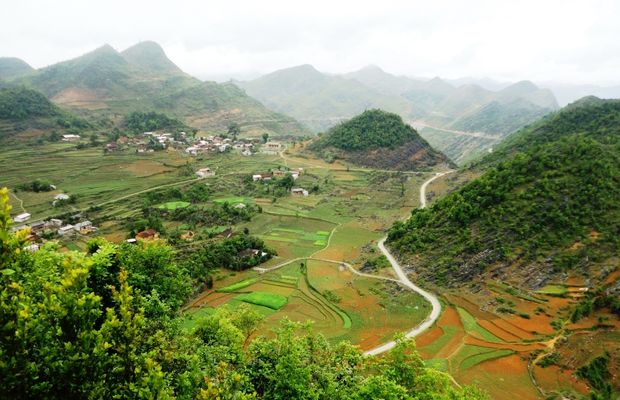
Ha Giang
Secondly, there are many historical and cultural relics in Vietnam attracting both domestic and international tourists. Vietnam is home to several UNESCO World Heritage Sites. These sites demonstrate the diversity in landscapes, rich culture, and history of the country. The list includes the Imperial Citadel of Thang Long, Hoi An Ancient Town, Trang An Scenic Landscape Complex, Halong Bay, The Complex of Hue Monuments, Citadel of the Ho Dynasty, My Son Sanctuary, and Phong Nha - Ke Bang National Park. Detailed information about each site can be found here: Discovering the UNESCO Heritage Sites of Vietnam - Handspan Travel Indochina.
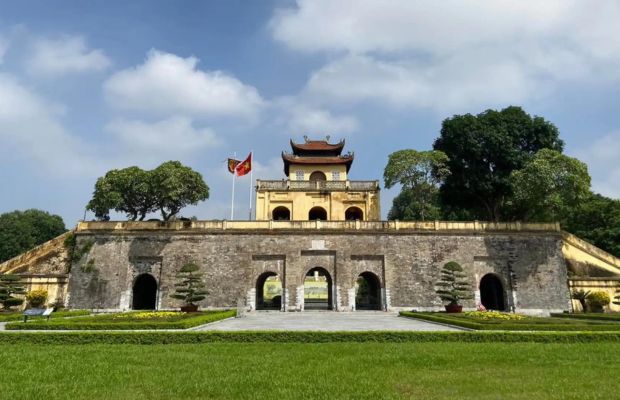
The Imperial Citadel of Thang Long
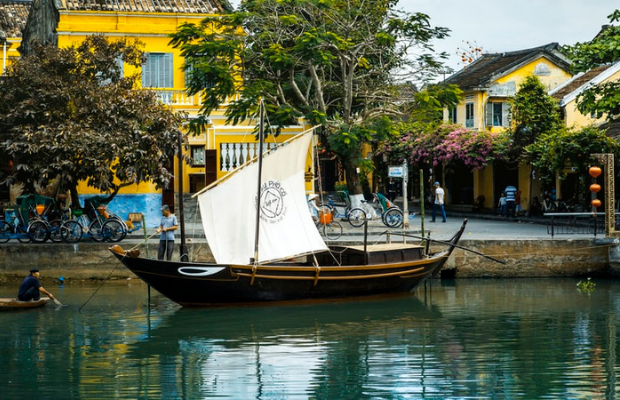
Hoi An Ancient Town
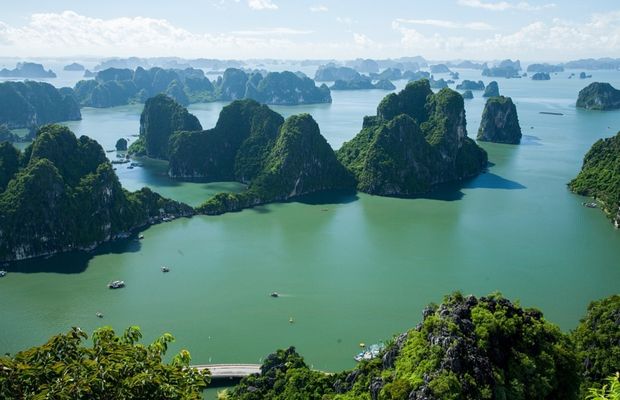
Halong Bay
Thirdly, Vietnam’s intangible cultural values imbued with tradition and uniqueness make it ideal for Vietnam to develop sustainable tourism. Currently, Vietnam has 15 intangible cultural heritages honored by UNESCO. They are Vietnamese Court Music, Space of Gong Culture, Bac Ninh Folk Songs, Ca Tru Singing, Giong Festival of Phu Dong and Soc Temples, Xoan singing in Phu Tho, Worship of Hung King in Phu Tho, Southern Amateur Music, Vi-Giam Folk Songs of Nghe Tinh, Tugging Rituals and Games, Practices related to Viet beliefs in the Mother Goddesses of Three Realms, The art of Bài Chòi singing in Central Vietnam, Practices of Then by Tày, Nùng, and Thái ethnic groups, the Art of Xoe Thai dance, and Cham people’s art of making pottery.

Performing Bac Ninh folk songs
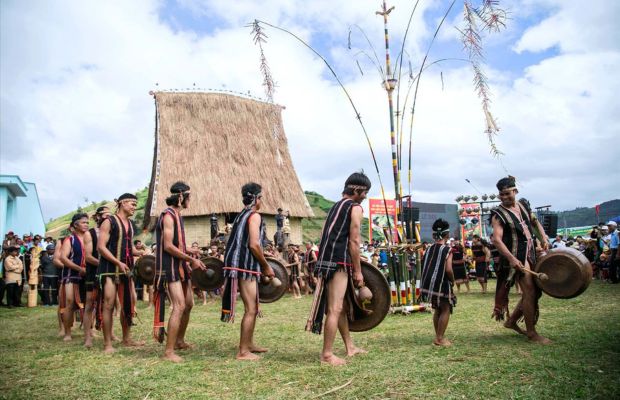
Space of Gong Culture
Besides charming natural landscapes, significant historical and cultural sites, and various intangible heritages, Vietnam also has diversity in national culture. There are 54 ethnic groups in Vietnam and each of them has their own cultural identity, customs, and lifestyle. The cultural diversity of these ethnic groups creates favorable conditions for the development of community tourism in the regions.
In conclusion, all of the above characteristics are favorable conditions for Vietnam to promote sustainable tourism.
Practicing sustainable tourism in Vietnam
Practicing sustainable tourism in Vietnam involves minimizing your environmental footprint, supporting local communities, and preserving cultural heritage while enjoying the country's beauty and attractions. Here’s how you can practice sustainable tourism when traveling to Vietnam.
Choosing eco-friendly accommodations
Choosing eco-friendly accommodations is one of the best ways to practice sustainable tourism in Vietnam. When you plan for a trip to Vietnam, let’s consider staying at green homestays, hotels, or resorts that prioritize using environmentally friendly and renewable materials, having lots of green space, and implementing energy-saving measures, water conservation practices, and waste reduction programs.
Throughout Vietnam, you can find various eco-friendly accommodations in different regions. For example, when traveling to Sapa, you can choose Topas Ecolodge. This eco-lodge is a certified unique lodge by National Geographic and one of the most wanted accommodations in Sapa. It is a very good example of sustainable tourism as they use eco-friendly materials for bungalow construction and provide jobs for local people from the villages nearby. Besides Topas Ecolodge, there are many other eco-friendly accommodations for you to choose from. By choosing eco-certified accommodations, you can enjoy your stay while minimizing your impact on the environment.
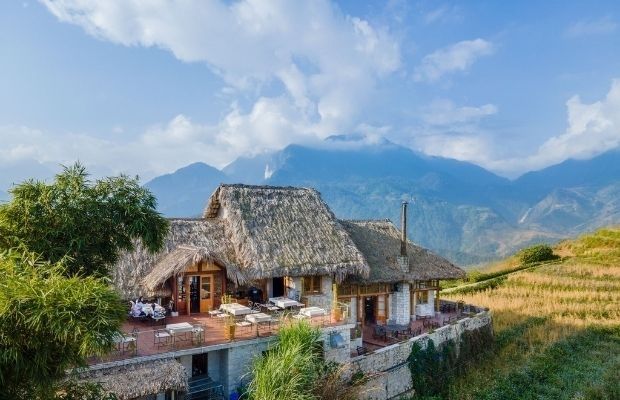
Topas Ecolodge in Sapa
Supporting local communities
By supporting local communities, you can contribute to promoting sustainable tourism in Vietnam. You can make a positive impact on the lives of the locals while enhancing your own travel experiences. Exploring local markets and artisan workshops, and buying local handmade products are wonderful ways to discover unique souvenirs and handicrafts while supporting local artisans and craftsmen. This helps sustain traditional craftsmanship and provides income for local communities.
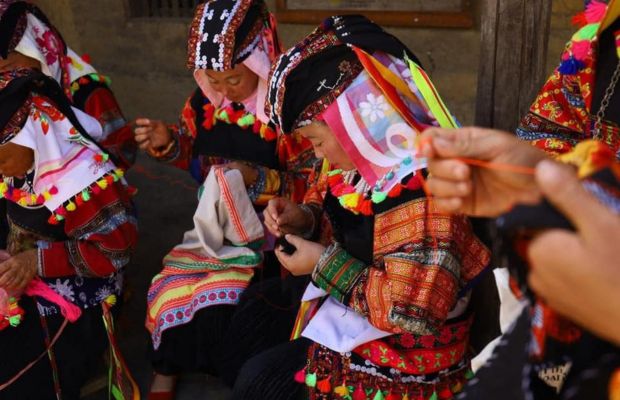
Embroidery in Lo Lo Chai Village, Ha Giang
Besides, while supporting local communities, you will have a chance to connect with the locals. Thereby, you can gain a deeper understanding of Vietnamese culture and heritage. To foster positive interactions and meaningful connections with the people of Vietnam, you may want to learn about Vietnamese culture before your trip and be mindful of cultural sensitivities during your visit. Here are some traditions and customs in Vietnam you can refer to before your trip: Traditions and customs in Vietnam.
Reducing plastic waste
Reducing plastic waste is also an ideal way to practice sustainable tourism in Vietnam. By bringing a reusable water bottle, and a reusable shopping bag, and refusing to refuse plastic straws and bags when making purchases, you can eliminate plastic waste into the environment. This contributes to environmental protection. Besides, participating in beach clean-up activities is an exciting experience that allows you to contribute partly to the development of sustainable tourism in Vietnam while traveling.
Engaging in Responsible Wildlife Experiences
Vietnam possesses diverse wildlife and natural habitats, which offer tourists the chance to experience the country's natural beauty up close. However, it is essential to engage in wildlife experiences responsibly to ensure the well-being of animals and contribute to conservation efforts. When selecting wildlife tours or experiences, let’s prioritize those that promote ethical and responsible interactions with animals. Avoid attractions that exploit or mistreat animals for entertainment purposes, such as elephant rides, tiger petting, or performing animal shows. Instead, opt for tours that focus on wildlife observation in their natural habitats, led by knowledgeable guides who prioritize animal welfare and conservation.
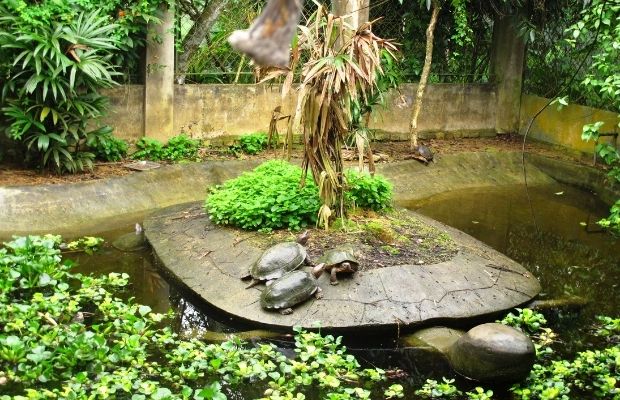
The Turtle Conservation Center in Cuc Phuong National Park, Ninh Binh
In short, by incorporating these sustainable tourism practices into your trip to Vietnam, you can help protect the environment, support local communities, and preserve the country's rich cultural heritage for future generations to enjoy.
Handspan Travel Indochina’s commitment to developing sustainable tourism in Vietnam
Since Handspan's beginnings, practicing sustainable tourism in Vietnam has been our main goal and commitment. It is an opportunity for us to participate in the nation-building effort by being involved as an active part of our communities and destinations, giving back in good measure what is due to them.
We are firm believers that our business should be a force for sustainable development in Vietnam, and what is good for our communities will also be good for our visitors as well as for our own organization. That is why we work alongside local communities in rural areas to bring economic benefits to assist them in acquiring a suitable approach towards tourism and to develop tours according to their goals and priorities.

Clean up tour in Cat Ba with Handspan
Handspan prioritizes community engagement and empowerment as fundamental principles of our sustainable tourism approach. By collaborating closely with local communities, we aim to create mutually beneficial partnerships that support economic development and cultural preservation. Handspan actively involves the locals in tourism activities, providing opportunities for cultural exchanges and income generation through homestays, guided tours, and community-based tourism initiatives.
For example, in Sapa, we work with Sung, an experienced local tour guide in Sapa. By collaborating with Sung, Handspan fulfills our commitment to developing sustainable tourism in Vietnam in general and Sapa in particular. Besides, we also enhance tourists’ experience with local communities’ exciting activities.
In addition, we also join many meaningful events and activities contributing to the long-term sustainable development of Vietnam. The Nuoi Em Project is an example. Founded by a former staff of Handspan Travel Indochina, the project has received backing from Handspan since its establishment. More detailed information can be found here.

Nuoi Em Project
In conclusion, you have just learned detailed information about sustainable tourism in Vietnam. If you are planning a trip to Vietnam, let’s consider incorporating those practices into your trip. This helps protect the environment, support local communities, and preserve the country's rich cultural heritage for future generations to enjoy.
__logo.png)
__hanoi-water-puppets.jpg)
__angkor-wat-blue-reflections.jpg)
__vientiane-buddha-park-monks.jpg)
__bagan-dhammayazika-dusk.jpg)
